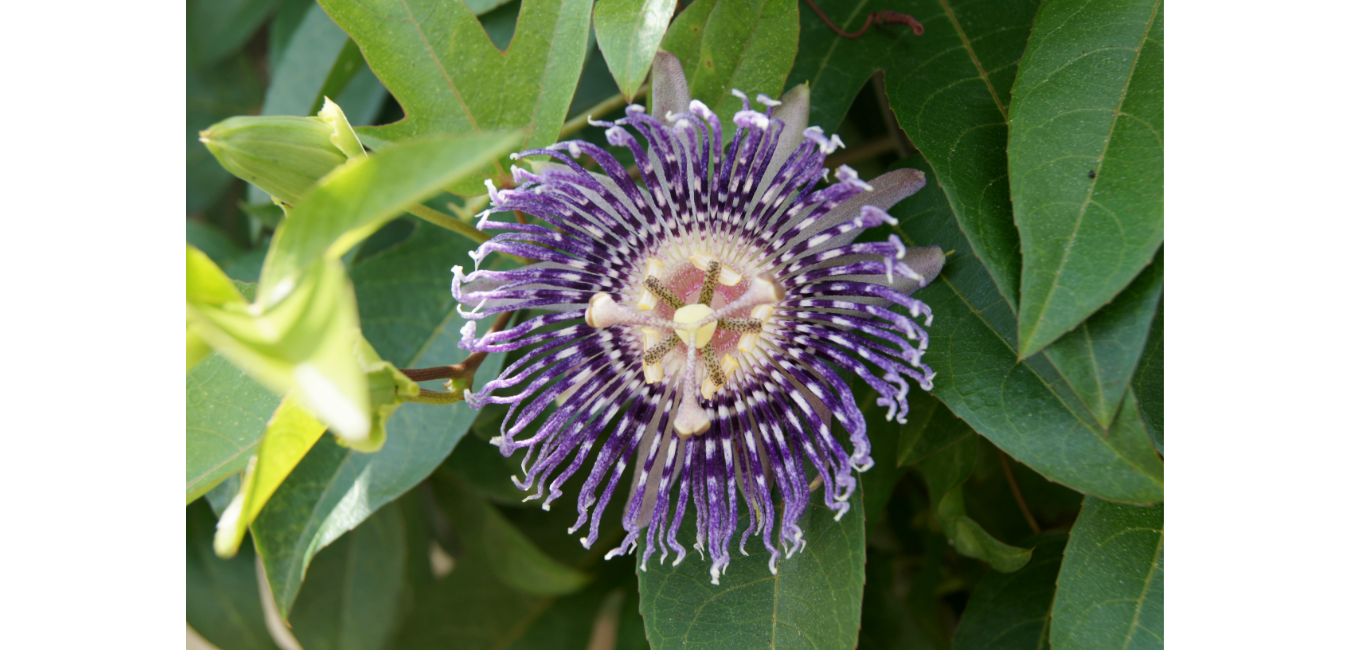
Small protein plays a big role in flower formation
Flowers are the most complex structures to be found on plants. They are formed at the tips of stems and involve a transition of the normal apical meristem (growing tissue) into a flower meristem that develops the reproductive organs. Scientists have long wondered about the mechanisms that allow this transition to take place correctly, and how flower formation occurs so rapidly.
A team of researchers led by the Nara Institute of Science and Technology has now identified a small protein that plays a key role in correctly timing the developmental changes that lead to flower formation in the cress plant, Arabidopsis thaliana.
In the growing tips of stems, a gene known as WUSCHEL (WUS) promotes the formation and maintenance of stem cells. During the early stages of flower formation, stem cells act as a source of tissue to form what will be the flower’s reproductive organs.
Clearly, the activity of WUS needs to be restricted at this stage so that the stem cells stop proliferating and, instead, differentiate successfully into the correct number of sepals, petals, stamens and carpels. There is a balance between the formation of stem cells (WUS) and the differentiation of stem cells into reproductive organs, which is under the influence of the gene CLAVATA3 (CLV3), via a feedback loop.
The protein identified by the researchers, known as KNUCKLES (KNU), represses the activity of both the WUS and CLV3 genes and disrupts the feedback loop. This means that the floral meristem is no longer maintained and the development of the flower’s reproductive organs can progress toward completion.
“A small protein called KNUCKLES (KNU) represses WUS directly, which leads to the completion of floral stem cell activity at the right time,” explained study lead author Erlei Shang. “What isn’t fully understood is how the robust floral stem cell activity finishes within a limited time period to ensure carpel development.”
“The team’s research revealed that in Arabidopsis thaliana, KNU can completely deactivate the robust floral meristems at a particular floral stage, thanks to the multiple functions that KNU carries out via its position-specific roles,” said senior author Toshiro Ito.
The findings will help scientists to understand flower formation in important food crops such as rice, tomatoes and maize. The researchers hope that their discovery of the molecular genetic mechanism whereby floral meristem is terminated will benefit crop yields for food production globally.
“Our results reveal a regulatory pathway where KNU plays a key role in supporting the completion of floral meristem development within a short time window, and ensures that flower reproductive organs are properly formed,” said study co-author Bo Sun.
The research is published in the journal Proceedings of the National Academy of Sciences.
—
By Alison Bosman, Earth.com Staff Writer













